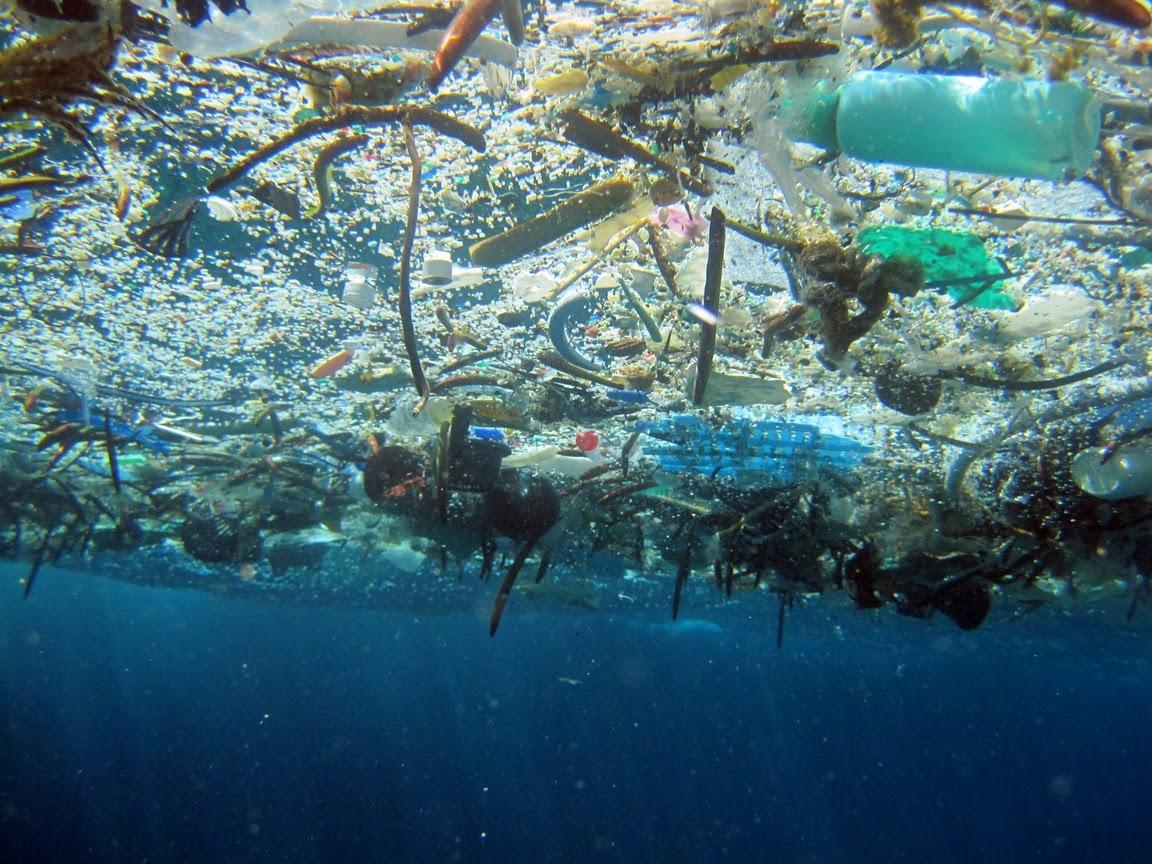When it comes to 3D printing, the sky is the limit. As 3D printing technology continues to advance, applications can be as far reaching as airplane and automobile parts to medical devices and even anatomically correct, biocompatible models. Although 3D printing technology is developing at a rapid pace, the technology itself is not new. It emerged in the 1980s as a means of creating rapid prototypes. In recent years the applications for 3D printed models have evolved with the available hardware, software, and printable materials. Evolving technology, paired with the creative and innovative minds of scientists, engineers, and physicians, has been the launching pad for developments within 3D printing technology specific to healthcare. One way 3D printing technology is poised to create better patient outcomes is in creating an anatomically and patient-specific models to aid in surgery and medical procedures. With the capability to 3D ...

The Hawaiian island of Oahu is known as “The Gathering Place” because it is so populated. Unfortunately, it needs regular beach cleanups to rid the coastline of all the plastic and other trash that continuously washes ashore from the Northern Pacific Gyre, a trash patch that is twice the size of Texas and floating between California and Hawaii.
But as of last week, ocean scraps from Oahu’s Beach were recycled into pellets that will become packaging for a Method product in the fall, reports Mike Verespej of Plastics News. Packaging brand designer and household and personal care product maker Method and Envision Plastics Industries LLC worked on the ground-breaking recycling project for 18 months to overcome some technical obstacles.
Verespej writes:
Plastic made from ocean litter is more brittle than traditional recycled plastic because of exposure to ultraviolet light and ocean degradation. The two companies had to develop the right blend of materials for the pellets, which initially will be made from 75 percent traditionally recycled high density polyethylene and 25 percent ocean litter.The litter is a 50-50 mix of HDPE and polypropylene that was collected on Hahuku Beach.
Parham Yedidsion, a co-owner of Envision Plastics, explained to Verespej some of the additional processing challenges related to using the plastic ocean litter:
Ocean scrap requires more hand-sorting because of the need to take out items such as buoys and plastic nets.The material also runs through optical sorters before it is ground into flake, washed, and blended with traditional post-consumer HDPE flake, before being fed into an extruder and repelletized.
Method employees and school groups collected the plastic over the course of a year during a few big beach cleanups. One employee told Plastics News that sometimes the beach is not really cleaner after a cleanup because more trash has washed in during that time. In one two-hour cleanup, Method employees and volunteers collected 3,700 pounds of plastics.
Verespej notes that Method already uses 100% recycled material for its packaging but that none of the executives at the two companies think that this work will clean up the North Pacific Gyre, “but the companies want to raise awareness of the need to reuse plastic over and over and over again.”
Comments
Post a Comment